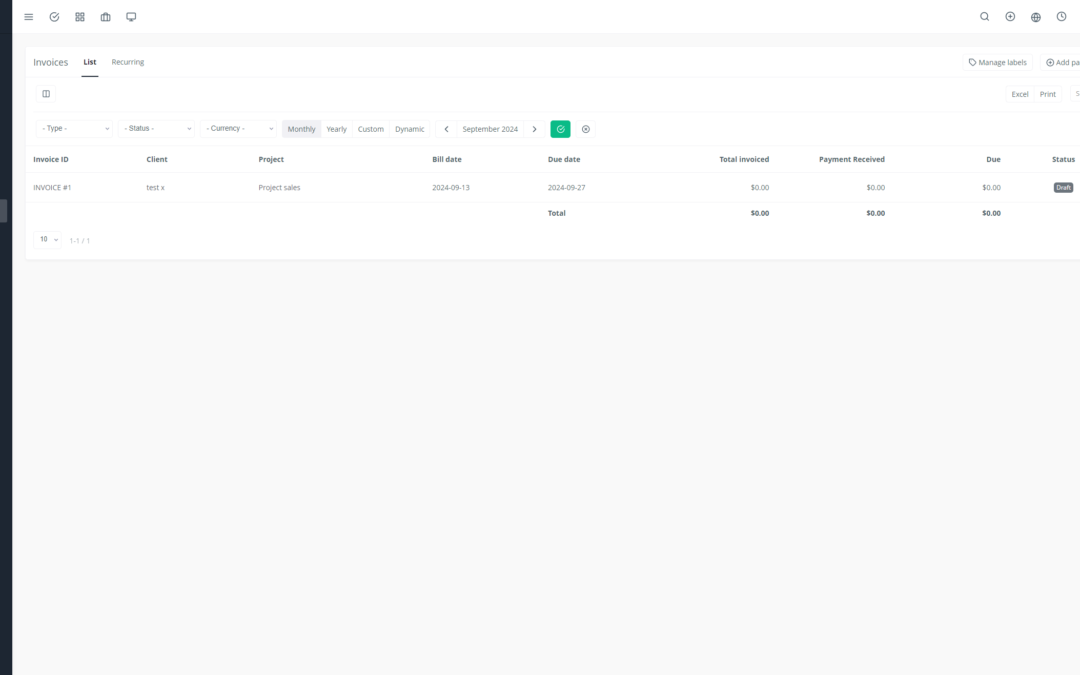The SaaS world is constantly evolving, and competition is fierce. To stand out and ensure your longevity, it’s crucial to focus on customer retention. But what is customer retention in SaaS, and why is it so important? 🤔
Customer Retention in SaaS: Definition and Distinction
Customer retention in SaaS is about cultivating lasting relationships with your existing customers, encouraging them to remain loyal to your solution over the long term.
It’s important to distinguish retention from customer acquisition. Acquisition aims to attract new customers, while retention focuses on keeping and growing the relationship with existing customers. 🤝
The Importance of Customer Retention in SaaS
In SaaS, customer retention is more than just a strategy, it’s an imperative for several reasons:
1. Guaranteed Recurring Revenue: SaaS models rely on recurring subscriptions. Customer retention ensures a stable and predictable revenue stream by reducing churn. 📈
2. Increased Customer Lifetime Value (CLTV): A loyal customer generates more revenue over time. Customer retention helps increase CLTV, a crucial indicator for your business’s profitability. 💰
3. Reduced Customer Acquisition Cost (CAC): Acquiring new customers is expensive. Customer retention allows you to reduce the need to invest in marketing and sales by leveraging your existing customer base. 📉
4. Strengthening Brand Reputation: Loyal customers become ambassadors for your brand, sharing their positive experiences with their networks. This helps bolster your image and attract new customers. ✨
5. Improved Customer Satisfaction: A customer retention strategy translates to a better customer experience, as you are meeting their needs and expectations.
6. Creating a Competitive Advantage: Customer retention allows you to differentiate yourself from the competition by building a strong and lasting relationship with your customers. 🏆
7. Increased Referrals and Word-of-Mouth: Satisfied customers are more likely to recommend your solution to their acquaintances. Word-of-mouth generates qualified leads at a lower cost. 🗣️
8. Reduced Churn: Customer retention lowers your churn rate by retaining your customers and making them less likely to switch solutions. 🔒
The Challenges of Customer Retention in SaaS
Customer retention isn’t without its challenges. Here are some common obstacles:
Intense Competition: The SaaS market is saturated with numerous competing solutions.
High Customer Expectations: SaaS customers are often demanding, expecting a high-performing and scalable solution.
Short Sales Cycles: Purchase decisions in SaaS are often made quickly.
Difficulty Retaining “Low-Value” Customers: Some customers may not generate enough revenue to justify significant retention efforts.
Customer Retention Strategies in SaaS
To successfully retain your customers, it’s essential to implement effective strategies. Here are a few examples:
1. Offer an Exceptional User Experience: The success of your solution hinges on your customers’ satisfaction. Provide an intuitive interface, reliable service, and efficient technical support. 🎯
2. Implement a Loyalty Program: Create a loyalty program that rewards loyal customers with exclusive perks, such as discounts, early access to new features, or gifts. 🎉
3. Regular Communication with Customers: Communicate proactively with your customers, share useful information about your solution, and solicit their feedback. 📧
4. Effective and Responsive Customer Support: Offer high-quality customer support that is available and responsive. Quickly answer questions and resolve issues professionally. 👨💻
5. Problem Detection and Resolution: Be attentive to warning signs that might indicate a risk of churn. Intervene promptly to address issues and prevent customer loss. ⚠️
6. Gathering Feedback and Opinions: Regularly seek feedback from your customers to understand their needs and expectations. Use this information to improve your solution and service. 💬
7. Adapting to Evolving Customer Needs: The market is constantly changing. Adapt your solution and service to meet the changing needs of your customers to remain relevant. 🚀
8. Measuring and Tracking Customer Retention Efforts: Measure the impact of your customer retention efforts by analyzing key indicators, such as churn rate, CLTV, and customer satisfaction. 📊
Tools and Technologies for Customer Retention in SaaS
Many tools and technologies can help you implement an effective customer retention strategy. Here are a few examples:
Customer Analytics Platforms: These platforms enable you to collect and analyze customer data to identify trends and improvement opportunities. 📊
Customer Relationship Management (CRM) Software: CRMs help you manage interactions with your customers, personalize your communications, and track the evolution of their needs. 🤝
Marketing Automation Tools: These tools automate marketing tasks, such as email campaigns, push notifications, and SMS messages, to maintain regular communication with your customers. 🤖
Customer Support Platforms: These platforms centralize customer support requests, facilitate collaboration among agents, and improve problem resolution. 🆘
Conclusion
Customer retention is an essential element of success in SaaS. By investing in building lasting relationships with your customers, you ensure a stable revenue stream, strengthen your reputation, and create a sustainable competitive advantage. Remember that customer retention is an ongoing process that requires constant effort and adaptability to your customers’ evolving needs. 🎯

